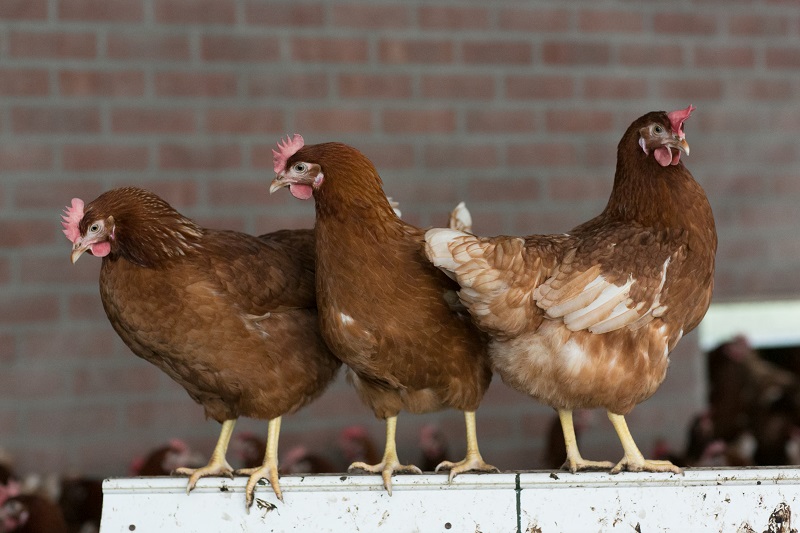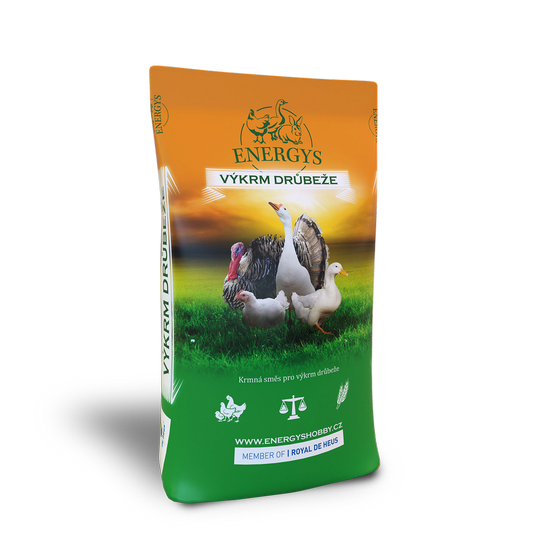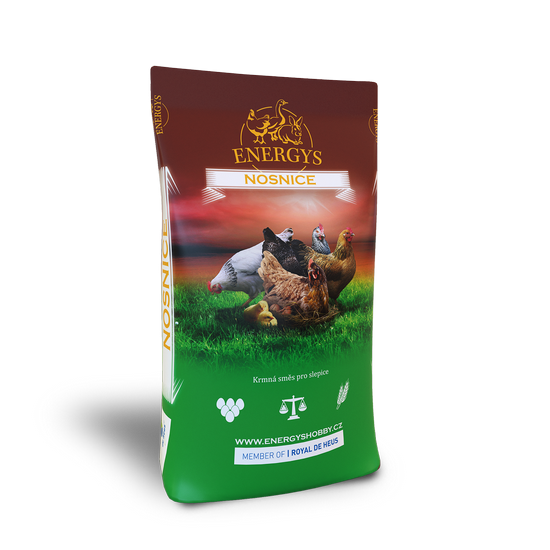Rabbits
Poultry
Laying hens
Quails
Guinea pigs
Pigs
Ostriches
Sheep and goats
Pigeons
Pheasants
Forest animals
Breeds of hens
Chickens are the most numerous bird species ever, with 26 billion breeding representatives. Unsurprisingly, they are divided into several groups according to different aspects. Which division is the most common, and which breeds of hens should you definitely be familiar with?
Division of hen breeds
The categories into which hens can be classified are based on various parameters. The basic ones are weight, origin or performance.
According to weight, hens are simply divided into light, medium or heavy; according to origin, for example, they are divided into european and asian. However, hens are most often divided according to performance/appearance. In this division we find laying hens, meat hens, hens with combined performance, ornamental hens, fighting hens or dwarf hens.
Light, heavy and medium hens
Light breeds of hens
Lightweight hens are lighter in weight and excel in egg laying. They can be recognised by their tendency to scratch the ground a little more than their heavier counterparts. These tolerant birds include one of the world’s most bred chicken breeds, the leghorn, which can lay 200 eggs a year.
Heavy breeds of hens
Heavy hens, on the other hand, are the right ones if you want to raise them for meat – they have a lot of it. On the other hand, they have a lower laying rate. This includes, for example, cats, which are characterised by their robustness and calm temperament, but also top the popularity charts. Other representatives, the brahmins, are again popular all over the world because of their attractive appearance.
A compromise between light and heavy, the hens are medium-heavy. They give you both enough meat and enough eggs. In this group we include, for example, the calm plummets and the hempsters.

By performance and appearance
Carrier breeds of hens
If you desire a large number of home produced eggs, be sure to choose one of the laying hens for your breeding. You will not be surprised to find mainly light and medium hens in this category. These are, for example, the aforementioned leghorns. This also includes hybrid hens, which are bred to lay as many eggs as possible while using as little feed as possible. There are a number of these and they will lay up to 300 eggs a year.
Meat breeds of hens
Meat hens are characterised by rapid weight gain. Heavy hens fall into this category, so for example the aforementioned brahman hens. However, nothing is free, so they need a good quality feed with plenty of protein to achieve the desired plumpness. Another meat breed is the faveroles, which will win you over with their character, appearance and performance.
Breeds with combined performance
This popular category includes hens that have good laying performance and also good quality meat. They are typically less flighty and have a quieter nature. This includes, for example, the sasex, which you will like because of their calm nature, or the plummock. These are highly conformable and make excellent layers.
Fighting breeds of hens
You will not be surprised to learn that fighting breeds were put into cockfights. These are the oldest breeds of hens, which moved to shows after fighting was banned. You can recognize them by their muscular body or wide stance. But their weakness is laying. These include, for example, malaikas and asilkas.
Ornamental breeds of hens
Don’t look for material gain – they are mainly bred for their appearance and their character traits. Among the cute hens are the silkies, which will win you over with their beautiful fur. In addition, they excel in their ability to raise their own and other chicks. Other representatives are the sultanas, which are characterized by their stilts, beard and five fingers. They are not suitable for beginners as they require a lot of care. We can also include phoenixes, pigeons and dutchies.
Dwarf and diminutive breeds of hens
The diminutive breeds were bred classically from the large breed and bear the same characteristics as the large breeds to which they belong.
The dwarf breeds form a separate group with many common characteristics. They weigh around half a kilo and are bred mainly for ornamental or show purposes. They lay around 80 eggs a year. Classic dwarf breeds include japanese, mosettes, sebrites and bantams.
Related products

POULTRY UNI 30
A mashed concentrate for fattening of all categories of poultry, which includes the highest quality soja. It is mixed with cereals in a ratio of 20-40% (by type or phase of fattening). It contributes to fast growth and a high meat content. It does not contain coccidiostats.

LAYER REPRO
Granulated feed for laying hen breeds. Supports higher hatching rates and the successful development of the embryo. Higher content of chosen substances). The laying hen must have access to an adequate amount of potable water.

LAYER GOLD
Granulated feed for laying hens when laying. Supports high laying eggs with a solid shell and a beautiful yolk color. It follows the feeding of the Chicken MIDI mixture. Indicative feed consumption per 1 year ranges from 50-60 kg / piece.

LAYER KLASIK
A powered feeding mix intended for laying hens. With its rough shredded structure it contributes to maximum usability.

CHICKEN MIDI
From the 5th week to the end of the 20 week old chickens. It follows on from feeding with the Chicken MINI feed. Through its make up it helps in the correct development of the organism and with future high usability. It doesn’t contain coccidiostats. It is produced in two forms, granulated and powder.

CHICKEN MINI
A crumbled compound feed without anti-coccidiosides. Suitable for reared chickens of the laying hen type till the end of their 4 weeks of age. It contains a balanced ratio of nutrients supporting the correct development of chickens. For weaning chickens the following mix is CHICKEN MIDI.
